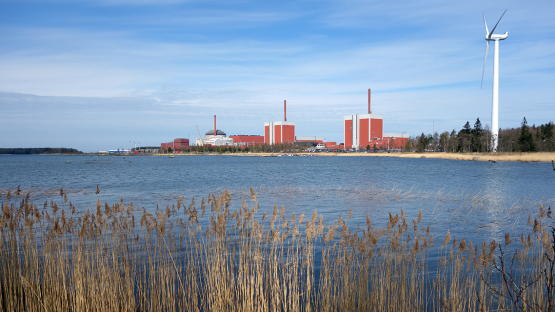Energy-related greenhouse gas (GHG) emissions, driven by fossil fuels, have skyrocketed over the last half century and now make up more than two-thirds of all GHG emissions. As the world marks the United Nation’s International Day of Clean Air for blue skies, clean sources of power, such as nuclear energy, are in the spotlight. These energy sources can help meet global climate change goals and also reduce air pollution to protect people’s health.
What is the single greatest environmental risk to human health and one of the main avoidable causes of death and disease globally? Air pollution. According to the World Health Organization, air pollution is responsible for the deaths of millions of people worldwide every year.
Air pollution and climate change are intimately connected. As well as driving climate change, emissions of various toxic gases from the extraction and burning of fossil fuels, is also a major source of air pollutants.
It’s a two-fold problem: air pollution has a health impact – tiny, invisible particles of pollution penetrate deep into our lungs, bloodstream and cells. These pollutants are responsible for about one-third of deaths from stroke, chronic respiratory disease, and lung cancer, as well as one quarter of deaths from heart attack, according to the WHO.
Air pollution also has a climate impact – short-lived climate pollutants (SLCPs) are among pollutants most linked with both health effects and near-term warming of the planet. These pollutants include methane, black carbon, ground-level ozone and sulphate aerosols. They have significant impacts on the climate: black carbon and methane, in particular, are among the top contributors to global warming after CO2.







